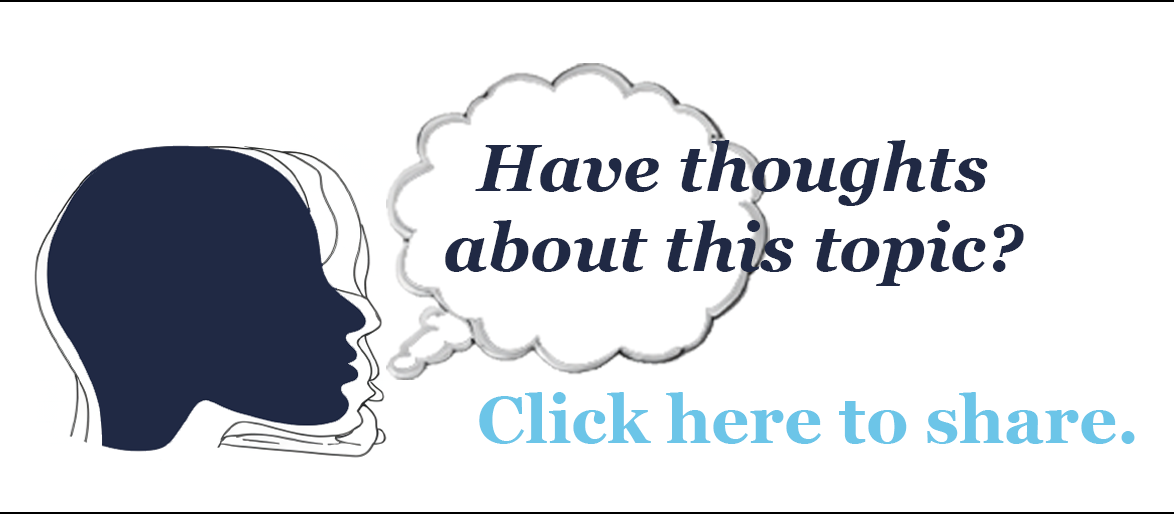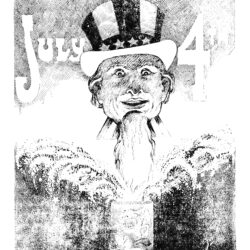
Milestones: Thursday, November 9, 2023

KRISTALLNACHT — THE GERMAN NAZIS ON NOV. 9 LAUNCHED A POGROM AND A CAMPAIGN AGAINST THE JEWISH PEOPLE, damaging or destroying their homes and businesses. The Nazis’ scapegoat for this campaign of terror, which lasted through Nov. 10, was a 17-year-old Polish Jew who killed a German diplomat as revenge for his parents’ unannounced deportation to Poland. During the terror campaign, which was called Kristallnacht (“Night of Broken Glass,” for the smashing of windows at Jewish-owned properties, left about100 Jews dead, 7,500 Jewish businesses damaged and hundreds of synagogues, homes, schools and graveyards vandalized. The police were ordered not to intervene. About 30,000 Jewish men were also arrested, and then sent to concentration camps. Kristallnacht was part of a larger ethnic cleansing campaign that Adolf Hitler had initiated in 1933 upon becoming chancellor of Germany.
The youth assassin who triggered the chain of events was Herschel Grynszpan, who on Nov. 7, 1938, had shot Ernst vom Rath outside the German embassy who wanted revenge for his parents’ sudden deportation from Germany to Poland.
✰✰✰
BERLIN WALL OPENED — EAST GERMAN OFFICIALS ON NOV. 9, 1989 OPENED THE BERLIN WALL, RESTORING TRAVEL FROM EAST TO WEST BERLIN. The Berlin Wall had been one of the cruelest and most divisive symbols of the Cold War. It was actually Hungary that had set into motion the opening of borders between Hungary and Austria. That overture obliviated the need for the Berlin Wall, because there was now another route into West Germany, through Hungary and Austria. The Germans soon after reduced the Berlin Wall to rubble, and some kept the remnants as souvenirs. The opening of the wall represented a tremendous upheaval in East Germany, with a decline in the Communist leaders’ influence and power.
Soviet premier Mikhail Gorbachev was believed to have encouraged the East German actions and dismantling of the Berlin Wall.
✰✰✰
SARTRE DENOUNCES USSR — THE FRENCH PHILOSOPHER, EXISTENTIALIST AND AUTHOR JEAN-PAUL SARTRE — notwithstanding his long-held admiration of the Soviet Union and of communism, on Nov. 9, 1956, found himself denouncing that very system. The trigger was the USSR’s brutal invasion of Hungary. Sartre, who had been a prisoner of war during the Nazi occupation of Paris, conspired with the French resistance and grew to love Marxism. He became one of France’s best-known communists, even though he never officially joined the French Communist Party. Although he had supported the Soviet Union, supported its policies and even visited there in 1954, two years later he turned his back on them.
The author of more than 20 novels, plays, and philosophical treatises, Sartre refused the 1964 Nobel Prize in Literature on the grounds that a writer “should refuse to allow himself to be transformed into an institution.” Ironically, he had already done that himself.
✰✰✰
AN ‘UNCONSTITUTIONAL WAR’? — THE UNITED STATES SUPREME COURT ON NOV. 9, 1970, REFUSED TO HEAR A CHALLENGE BY THE STATE OF MASSACHUSETTS regarding the constitutionality of the Vietnam War. The Justices voted 6-3 to reject the Commonwealth’s effort to bring a federal lawsuit to defend their state law that protected residents who refused military service in an undeclared war. Although the SCOTUS did hear other cases related to this war, including the First Amendment rights of a high schooler to criticize the military campaign in Vietnam, the nation’s highest court refused to entertain any claims that the war itself — and the required military conscription for it — were unconstitutional.
Anthony D’Amato’s 1970 article, titled “Massachusetts in the Federal Courts: The Constitutionality of the Vietnam War,” addressed that Commonwealth’s law preventing inhabitants from being compelled to fight in a war that the Journal of Law Reform said “has not been declared a war by Congress under Article I, Section 8, clause 11 of the US Constitution,” and that “a conflict between state law and national policy was created.”
✰✰✰
THE GREAT NORTHEAST BLACKOUT — ONE OF AMERICA’S MAJOR POWER FAILURES HAPPENED AT DUSK ON TUESDAY, NOV. 9, 1965. The Great Northeast Blackout plunged all of New York State, portions of neighboring states and parts of eastern Canada into darkness during the evening rush hour, stranding subway riders and workers in office buildings. The cause was a trip of a 230-kilovolt transmission line near Ontario, and the domino effect of failures led to an entire grid failure. The blackout affected 30 million people in eight U.S. states and the Canadian provinces of Ontario and Quebec. Interestingly, New Jersey was able to keep the Statue of Liberty powered and helped print The New York Times. Power was restored overnight.
Another major blackout, on Thursday, Aug. 14, 2003, was determined to have been caused by a power failure at an Eastlake, Ohio electrical plant. That blackout lasted until the next morning. Because it was summer, there was still daylight.
See previous milestones, here.
Leave a Comment
Leave a Comment






